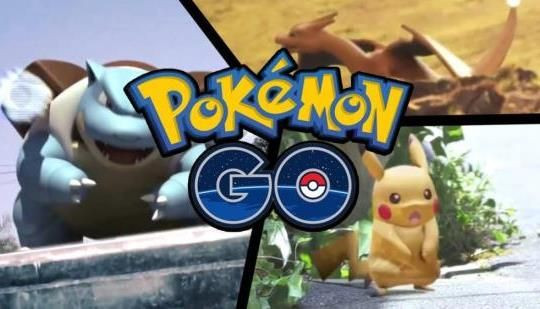‘Pokemon GO’ update: Data miners crack Gen 2 Egg tier mechanic

If latest reports are to be believed, Niantic has revealed its plans for releasing Legendaries in “Pokemon GO.” The developer has reportedly sent out a new message teasing about the big update. Meanwhile, a study has revealed that the actually helps parents bond with their kids.
Specifics about the release of the Legendaries are still scarce, though Niantic CEO John Hanke has revealed that they will be coming to the game by end of this year, while speaking to a German newspaper. The developer is also reportedly working on its next wearable, Pokemon Go Plus 2. Hanke teased that the games his company are building are meant for Augmented Reality (AR). Meanwhile, data miners have cracked how the Gen 2 egg tier works. The Silph Road has reported how Egg species is determined.
It actually depends on the hidden rarity tiers. They are not the same as egg distance tiers. To better explain, not all 10 k.m. egg species are rarer than 2/5 k.m. egg species. Birmingham Mail reports that currently it is easier to acquire a 10 k.m. egg with a Dratini inside, rather than a 2 k.m. egg with a Machop inside. Data miners have stated that there may now be four rarity tiers in action. Each is twice as common as the one before. This has been revealed by a research performed by using 8,000+ egg hatches.
The four rarity tiers are common, uncommon, rare and ultra-rare. Meanwhile, a study has explained how “Pokemon GO” helps parents bond with their children. Parents who play the game along with their kids have increased physical activities and spend more time together outdoors and at home. All these mean more opportunities for family bonding. The research, titled “Parents’ Perspectives on a Location-Based Mobile Game,” was carried out by University of Washington. It is indeed a very interesting study.
“Location-based augmented reality games are pretty different than sitting in front of a TV or playing a typical video game, so we were interested in the way kids and their parents were sharing those experiences together ... People still don’t really know how to build tech that works well for families, so when this game came out of the blue and really caught on, we wanted to look at what its ingredients for success were,” Kiley Sobel, UW doctoral student in Human Centred Design and Engineering, stated in UW Today.
The study did not include perspectives of parents who do not allow their children to play “Pokemon GO.” Stay tuned on IBT AU for more updates on the game.




















